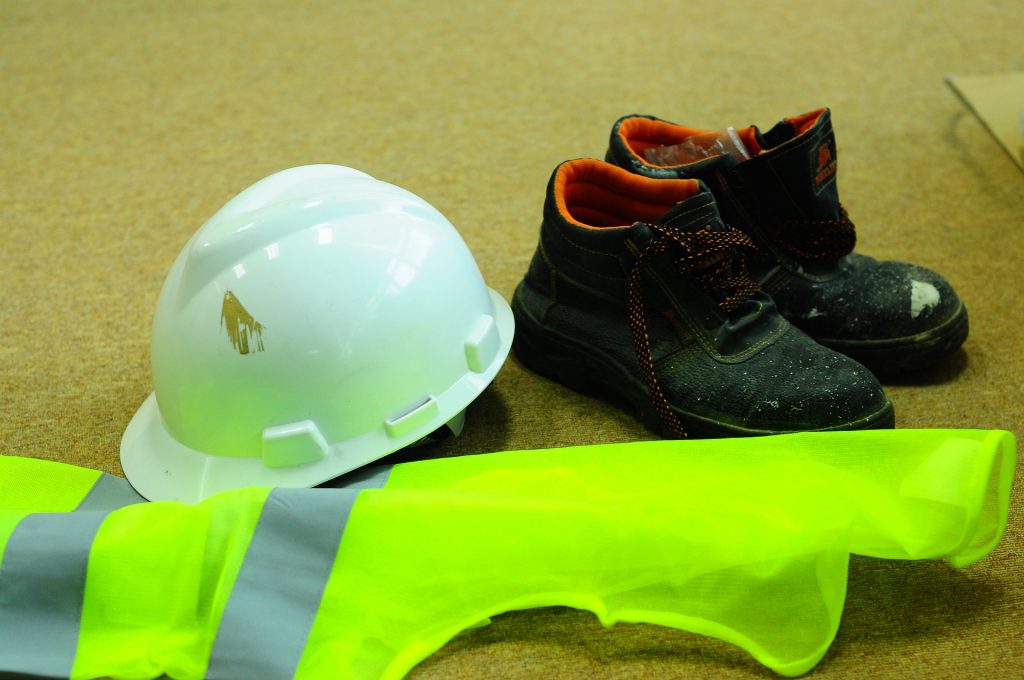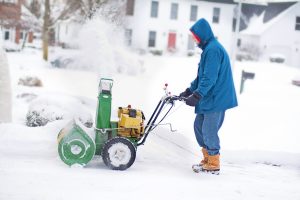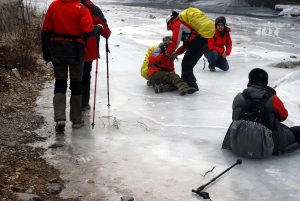In the construction industry, danger lurks around every corner. Often, safety gear is the only defense that stands between workers and dangerous injuries. In order to best provide the best possible protection, here are some safety gear tips you should know from Security Specialists:
Wear a Hard Hat All the Time!
Falling and flying objects are commonplace on the worksite. To prevent serious head injuries from flying debris as well as insulating you from electric shock, make sure you and your coworkers wear hardhats all the time while at the site. Make sure the hat fits securely and always check your hat for cracks, dents, or other damage…if the hat is broken, discard it and get a new one.
From Head to Foot …Stay Protected!
Foot injuries are common occurrences at the construction site. To protect your feet from falling tools or materials, always wear steel- or composite-toed boots or shoes. These types of safety footwear offer a high level of protection. If electricity and extreme temperatures are not an issue, steel-toed boots should be your preferred choice. However, if you are doing electrical work or working around live wires or in extreme hot or cold weather, composite-toed footwear is the way to go. Regardless of choice, make sure you select footwear that is slip-resistant and features puncture-resistant soles to prevent against nail wounds and falls.
Protect Your Eyes & Face!
If you work at a site where you are exposed to chemical, radiation, acid or flying material hazards make sure you wear safety goggles and/or shields. If you wear prescription glasses, make sure you have safety goggles or masks that can be worn over your glasses. Always make sure your goggles or shields fit snugly and are specifically designed for the environment you work in and the hazards you typically deal with. If you perform welding at the site, it is imperative that you have a proper filter lens shade number based on the type of welding you’re doing.
Don’t Forget About Your Ears!
OSHA has strict regulations regarding hearing protection at the construction site. Make sure you and your employer know the permissible noise exposures as outlined in OSHA standard 1926.52 If noise levels are beyond the permissible limit, you need appropriate ear protection which may include earplugs or earmuffs. But remember, these devices need to be individually fitted to you by a competent professional. A plain cotton earplug is not acceptable.
Get the Right Glove for Your Work!
Hands are the most commonly injured body part at the jobsite, so stay protected. Get gloves engineered to protect your hands against cuts, lacerations, scrapes, burns or electric shock. Choose rubber, leather, synthetic, chemical-resistant, or insulated gloves based on the work you do. Remember, get gloves that fit snugly and comfortably while still allowing for full dexterity of the fingers.











